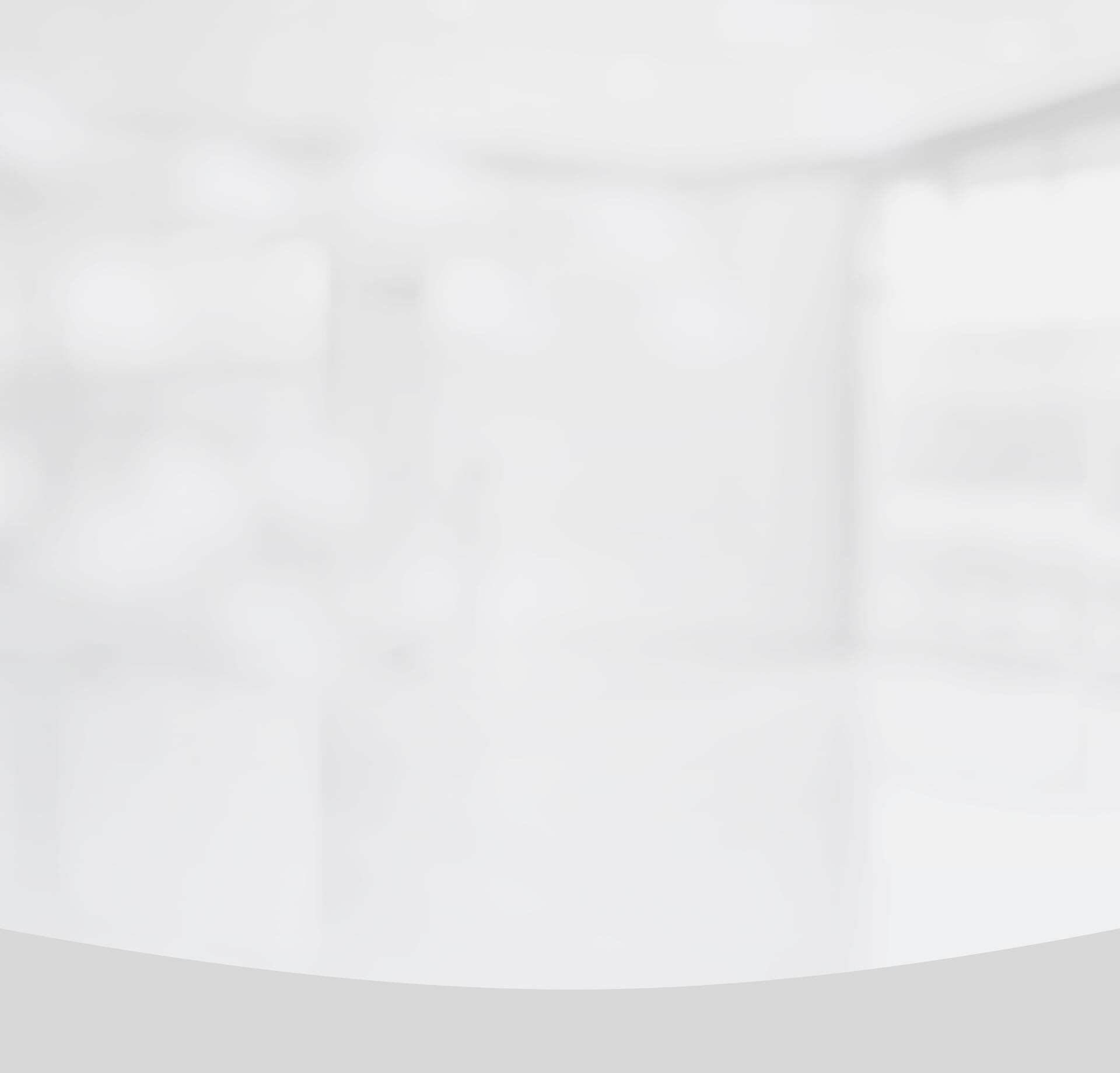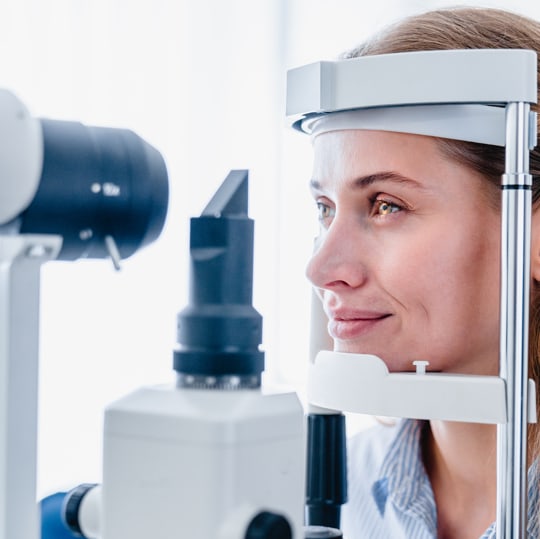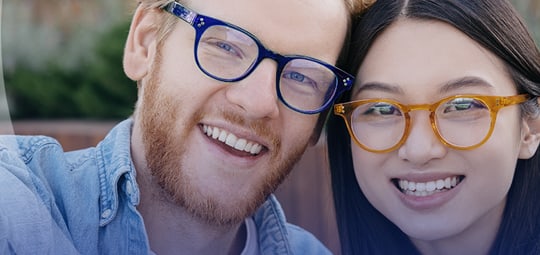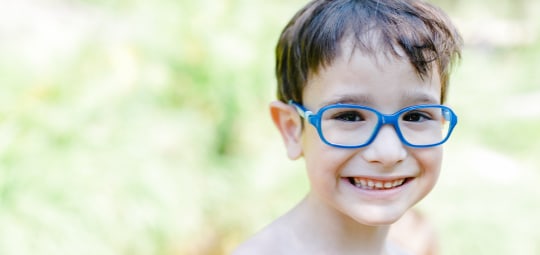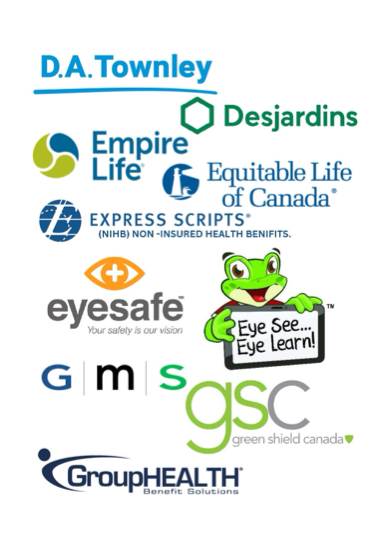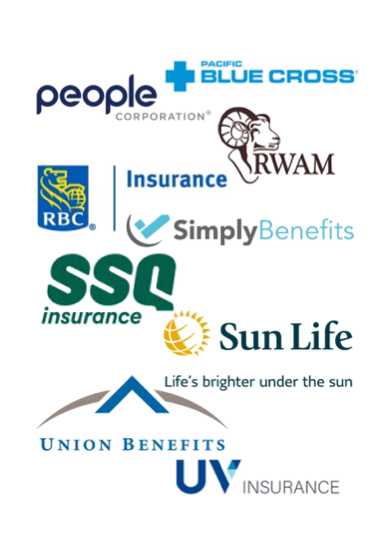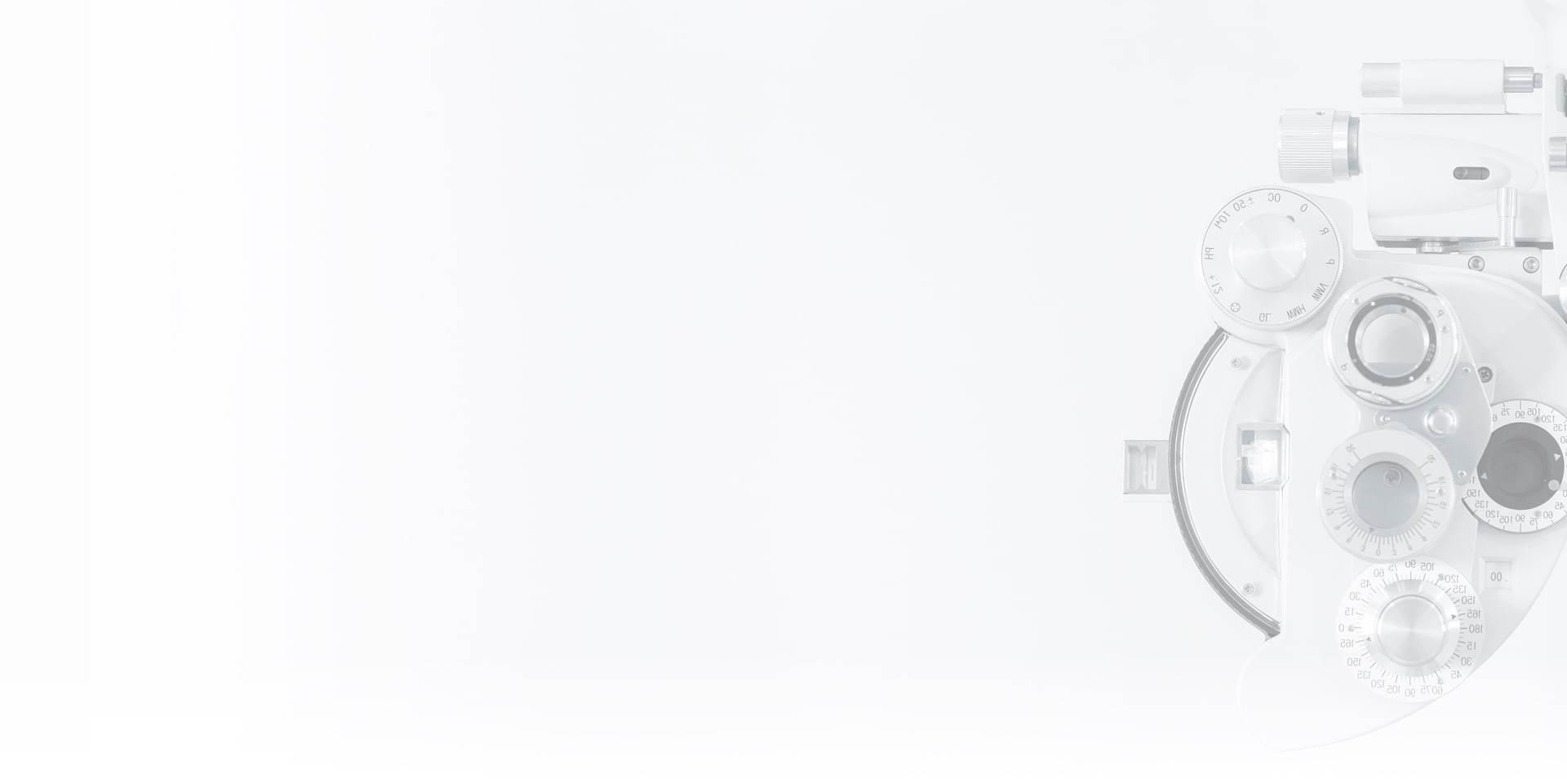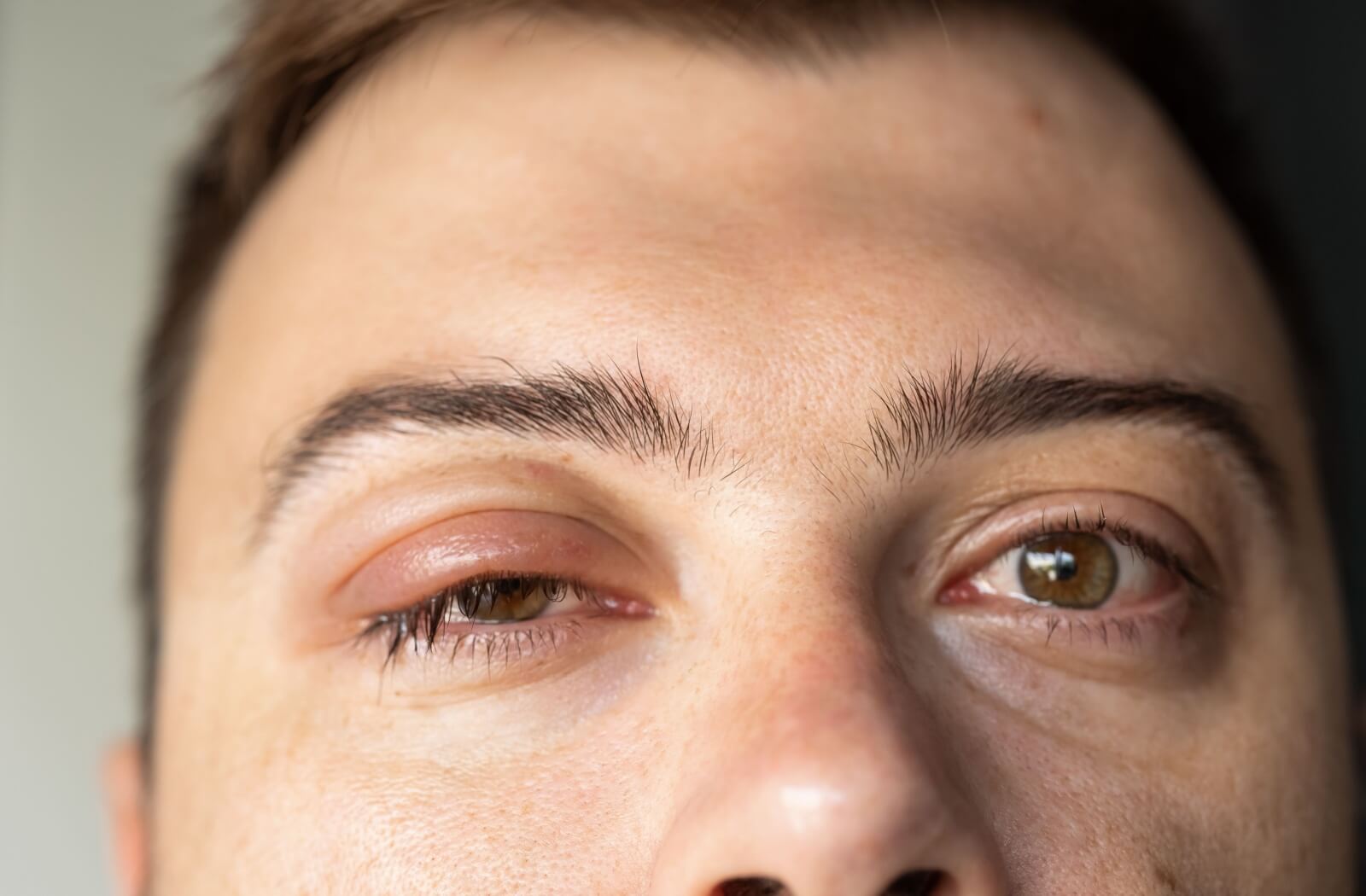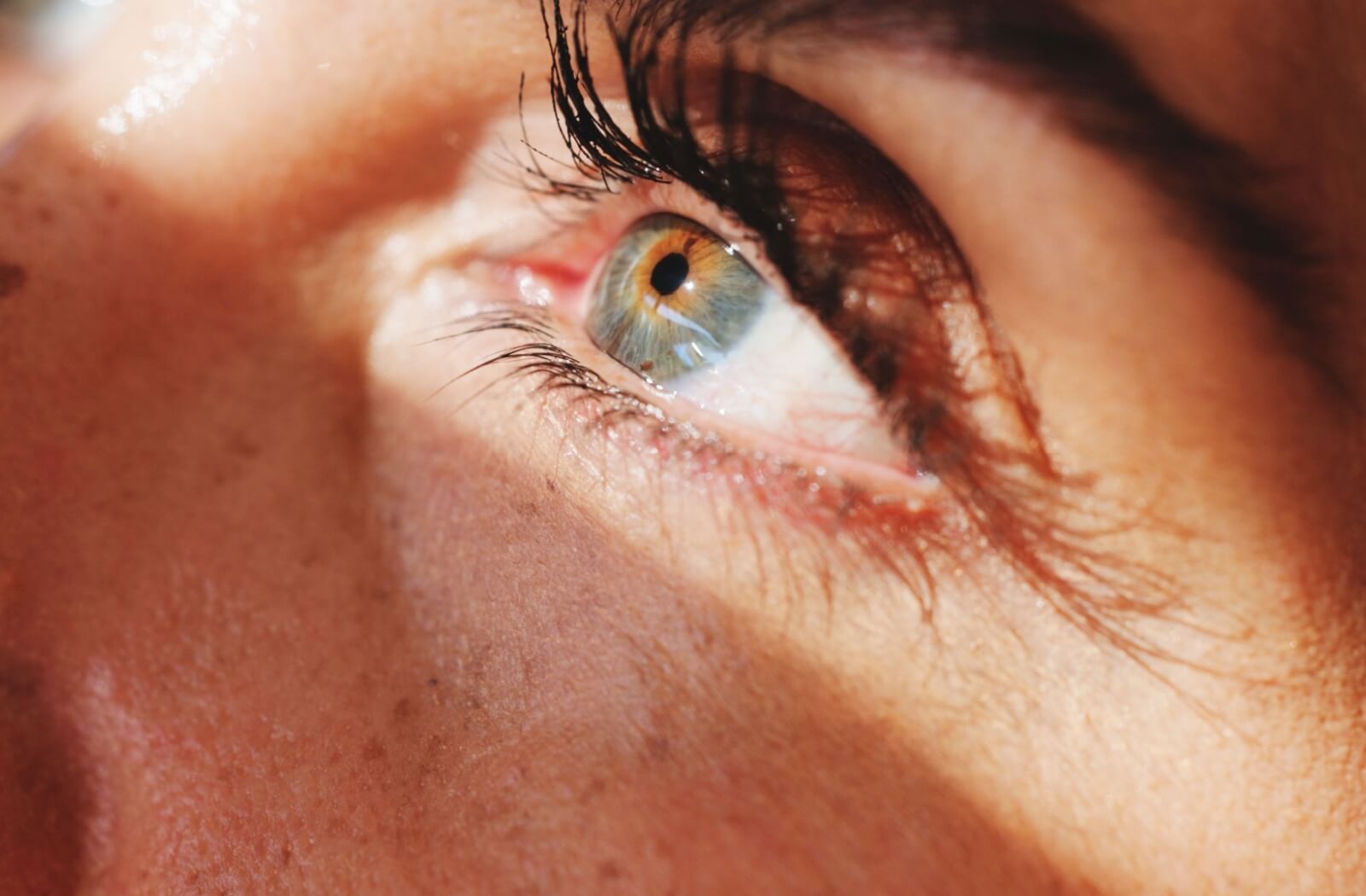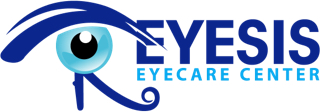Our eyes are incredible wonders of evolution. But they don’t always work properly, and sometimes, an eye condition or vision problem can develop and make it hard to see the world. Two conditions are more common than most: myopia and hyperopia. They both affect your ability to see clearly but have some distinct differences.
Myopia, or nearsightedness, makes it difficult to see distant objects while nearby objects are clear. Meanwhile, hyperopia is almost the exact opposite—nearby objects are blurry, while distant objects remain clear.
What Is Myopia?
Myopia is a refractive error that develops when the eye is too long, or the cornea is too curved. It’s commonly referred to as “nearsightedness” because of how it affects your vision—nearby objects stay clear, while distant objects are blurry. It typically develops during early childhood and continues progressing until around the age of 20 or so.
Your eyes evolved to refract light to build an image of the world around them. Light rays enter through the eye’s clear front and refract to reach the retina. But when the eye is misshapen—like with myopia—the light rays bend incorrectly. This makes it difficult to build a clear image of things as they get further from your eye.
This condition often causes:
- Blurry vision
- Headaches
- Eye strain
- Difficulty seeing at night
- Squinting
- The need to rub the eyes
What Causes Myopia?
Unfortunately, it’s not entirely understood why this condition develops. Genetics do play a role—if one or both of your parents have myopia, you’re much more likely to develop it.
It’s also believed that other factors contribute, like:
- Spending too much time indoors as a child
- Excessive close-up work, such as reading and computer use
- Lack of exposure to natural sunlight
In fact, a study published in 2021 discovered that children who spend more than 2 hours a day outdoors experience less overall myopia progression. This is still being researched, but it seems there’s a direct correlation between exposure to natural light and myopia progression.
What Is Hyperopia?
Meanwhile, hyperopia is kind of like the opposite of myopia. It’s another type of refractive error. It develops when the eye is misshapen to be wider than it is long.
This causes the light rays to bend incorrectly. Instead of reaching a focal point on the retina, they converge behind it. It causes distant objects to be clear while nearby objects are blurry.
Like myopia, it often develops due to genetic factors in early childhood. However, some medical conditions can cause this condition to develop later in life, including:
- Diabetic retinopathy
- Trauma to the eye
- Tumours
It’s important to note that this is unlikely. However, if you notice nearby objects becoming hard to see, schedule an appointment with your optometrist. We can help determine what’s causing your vision problems.
How Are Myopia & Hyperopia Treated?
When you think you may have a refractive error like myopia or hyperopia, your first step should be to visit your optometrist for a comprehensive eye exam. During the exam, we’ll check the health of your eyes and use a series of tests to determine your exact prescription.
Once we understand your eye properly, we’ll likely recommend prescription eyeglasses or contact lenses. Both of these options change the way light refracts into your eye, which helps to accommodate the problems caused by the shape of your eye. To determine which option is ideal for you, we’ll spend some time during your appointment discussing the benefits of each option so you can make the right decision for your unique needs.
Corrective Surgery
In some situations, we may recommend corrective surgery. The most common type of corrective surgery is laser-assisted in situ keratomileusis, more commonly referred to as LASIK. During LASIK, a surgeon uses a special laser to remove small amounts of tissue from the cornea to reshape it. This changes how light enters the eye.
It’s a relatively simple procedure that can permanently correct conditions like myopia or hyperopia. However, before any steps are taken toward the surgery, you’ll need to schedule a laser eye surgery consultation so we can determine if it’s an appropriate treatment.
When Is It Time to Visit an Optometrist?
Regular eye exams are one of the most crucial ways to maintain your vision and eye health. If you’re experiencing a problem with your vision or noticing any abnormalities around your eyes, visit our team at Eyesis Eyecare. Our team can perform a comprehensive eye exam and provide up-to-date recommendations on caring for your vision.
You deserve to see the world clearly, so book an appointment with us today and take the first step towards clearer vision.



